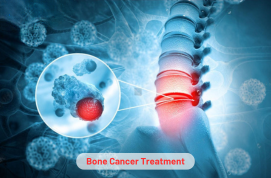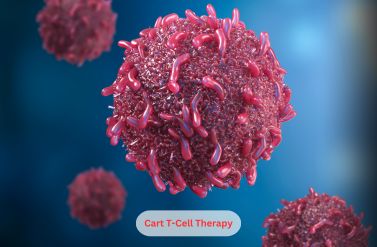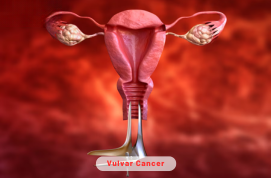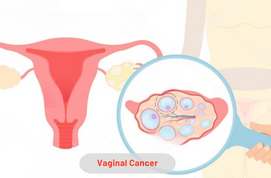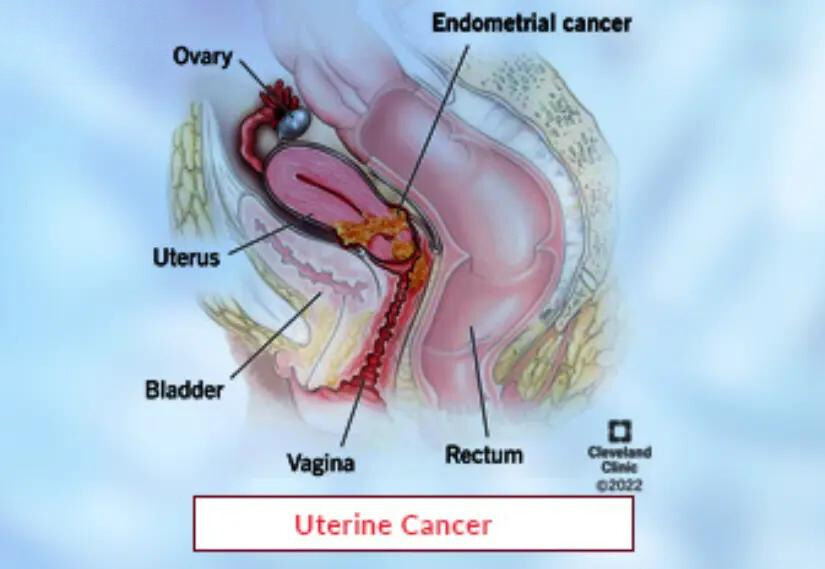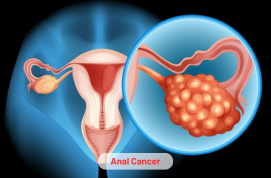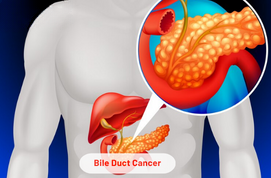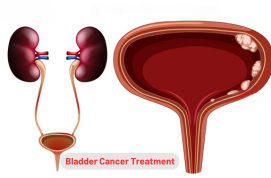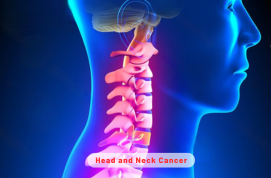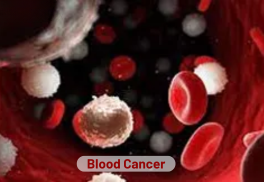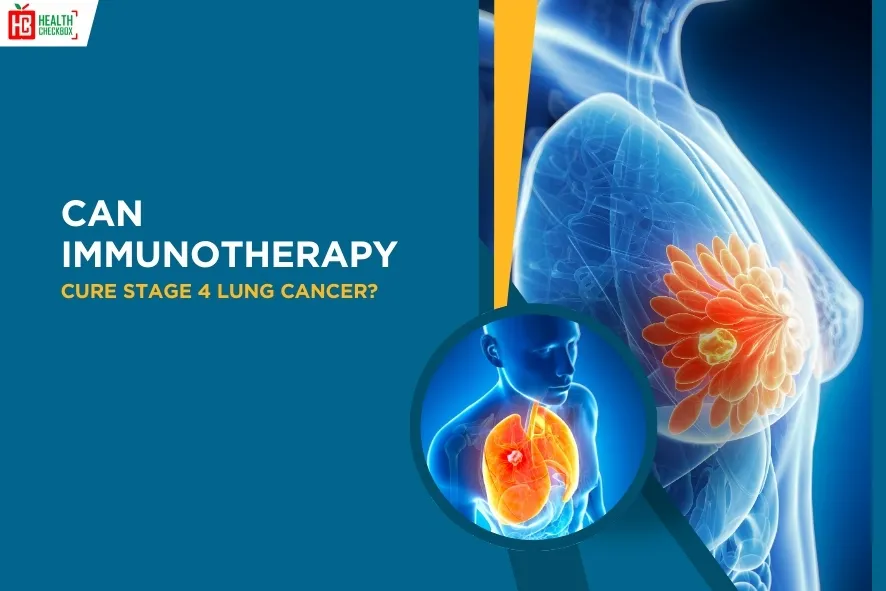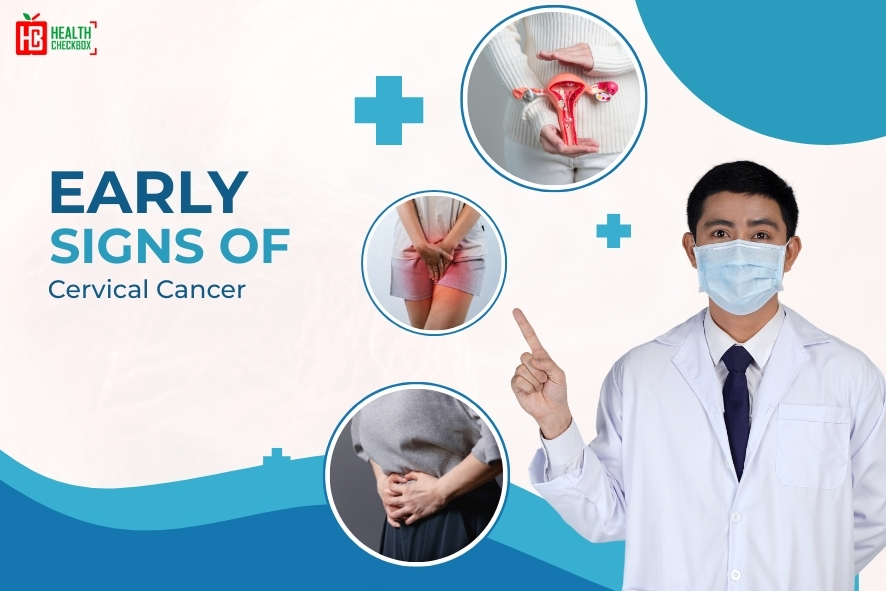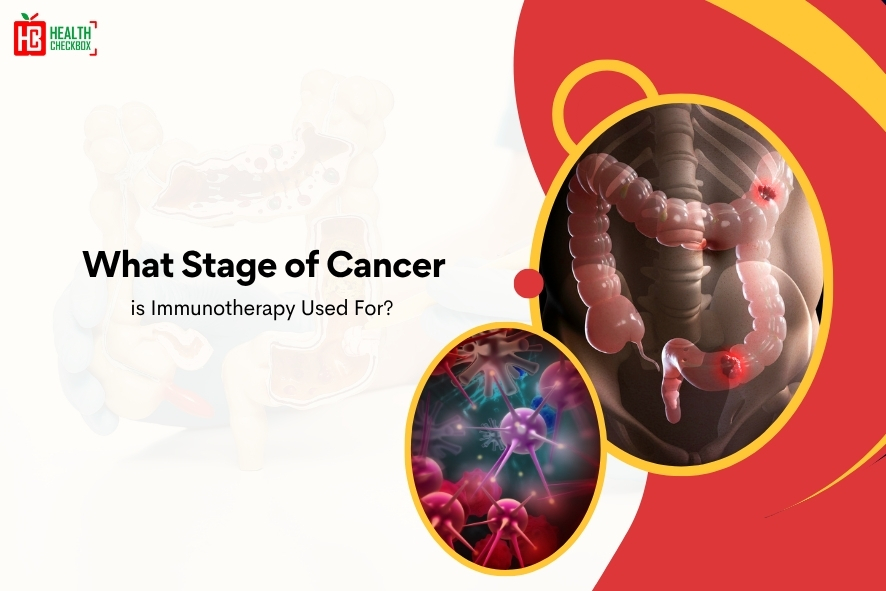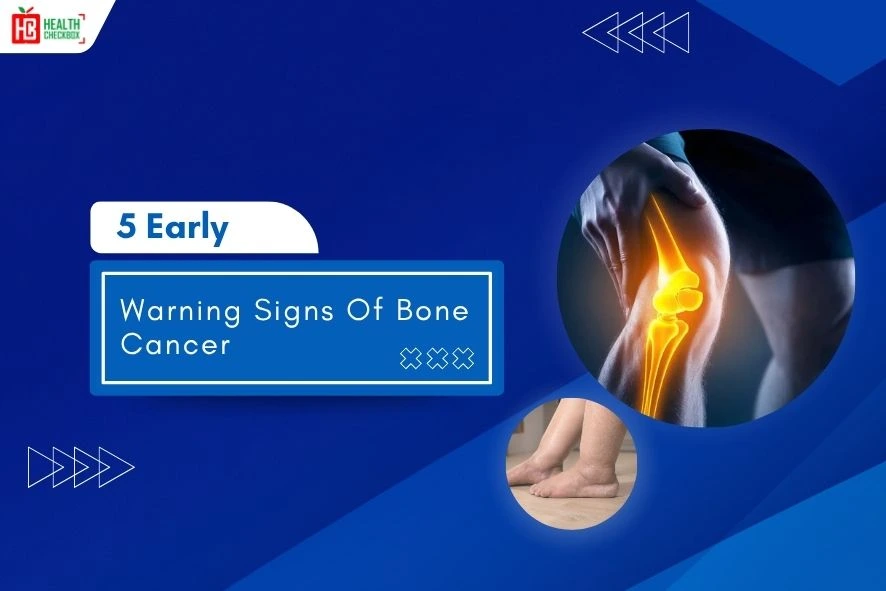Bone cancer is a type of cancer that can occur in any bone of the body. However, it mostly affects long bones such as arms, legs, and pelvic bones. Bone cancer starts to build right in the bones and often spread in the other parts of the body. It starts to develop when abnormal cells begin to extend in the bone tissue. This unbalanced growth of cells can weaken the bone and cause pain, swelling, fractures, fatigue etc,. And, decrease the body performance. The condition is detected through unbearable pain, lumps and often changes the normal structure of the bone. However, early diagnosis and treatment for bone cancer is indispensable in order to manage the condition efficiently.
How Common is Bone Cancer and its Types?
Bone cancer is a rare condition that occurs less than 1% of cancers. It can develop at any age and is more common in children and adults. Bone cancers are classified into various types based on where it occur including in which part of the body it develop:
- Osteosarcoma: This type of cancer tends to occur in legs, arms, and around the keens. It mostly occurs in children and adults. Available treatment for this type of cancer is surgeries and chemotherapy.
- Ewing Sarcoma: Ewing is also a type of bone cancer that affects children and teenagers. It starts to build in the cells of bone and oftentimes occurs in pelvis, legs and arms bones. To reduce this cancer medical experts opt for radiation therapy, chemotherapy and surgeries.
- Chondrosarcoma: This type of bone cancer affects cartilage cells, which are responsible for the flexibility of the bone. It mostly affects young adults in their legs and shoulders. It can often slow down the growth of the bone. The treatment used to treat this cancer is surgery.
- Chordoma Cancerous: This type of rare bone cancer occurs in the spine or the bottom of the skull. It simultaneously takes place and causes unbearable pain. Treatment mostly involves surgeries and radiation therapies.
- Fibrosarcoma: It starts to develop in the fibrous tissues of the bone and can affect children and adults. The treatment for this cancer is chemotherapy, surgery, and drugs.
Causes of Bone Cancer in Individuals
The causes of developing bone cancer are not precisely known, but as a number of genealogical and environmental factors are probable involved in the occurrence of bone cancers. Certain factors that are associated with an increased risk may include:
- Exposure to High doses of Radiation: Prolonged exposure to high doses of radiation can significantly increase the risk of bone cancer, including leukemia and osteosarcoma.
- Inherited Genetic Syndrome: Some unusual genetic conditions for instance, Neurofibromatosis type 1 can increase the chances of bone cancer occurring.
- Paget’s Disease: A very rare disease known as Paget is also associated with bone and is one of the reasons for developing bone cancer in the patients.
- Past Serious Injury: Oftentimes previous bone injuries can also be the cause of bone cancer, they simultaneously take place in the body if the injury is not properly taken care of.
- Age: Few bone cancer conditions, like osteosarcoma are related to the age that is commonly found in children and young adults.
Symptoms of Bone Cancer
Here are some symptoms or warning signs of bone cancer:
- Frequent Fractures: Consistently facing bone-related issues and fractures are the alarming signs that can cause cancer. If you have been experiencing multiple fractures over a period, it could be one of the symptoms of bone cancer.
- Pain in Specific Bone of the Body: Experiencing unbearable pain during physical activity or at night can be a symptom of bone cancer, initially it can be mild and can be worse over time.
- Swelling in the affected Area: Swelling on the affected area of the bone can be a sign. You may also feel lump or bump on the bone, which might be painful while you touch it.
- Sudden Weight Loss: Reducing weight without having weight loss medicines and performing exercise is an underlying symptom of bone cancer.
- Fatigue: If one is feeling exhausted for a long time without any season and often gets faint then this can be a symptom of bone cancer as well.
Bone Cancer Treatment & Procedure
Bone cancer treatment is a collaborative work of medical experts such as orthopedic oncologists, radiologists, pathologists, and other medical specialists. Each medical professional contributes to overcome the condition, including medicines and procedures. This combined team work successfully treats various types of cancer whether it is brain cancer treatment or breast cancer treatment. In this treatment process, medical professionals first diminish the tumor cell, decreasing the symptoms and managing the recurrence.
The available options of bone cancer treatment includes radiation treatment to shrink tumors and relieve pain. Surgeries for erasing tumor cells that are responsible for the condition. Lastly, targeted therapies medicines that kill abnormal cells. Bone cancer treatment can be applied in specific circumstances after examining the condition of the patient and which stage of bone cancer he is going through and also check tolerance and well-being of the patient.
Procedure of Bone Cancer Treatment
Bone cancer treatment requires surgery, chemotherapy, and radiation therapies to remove cancer cells from the body. However, this approach depends on the cancer stage of the patient to successfully diminish the targeted cells. The treatment requires some additional diagnosis to identify the stage of cancer and the cancer type.
- Diagnosis: Through diagnosis experts get an idea which treatment they should apply on the patient according to the condition. For this they do X-rays, MRIs, CT scans and bone scanning to identify the affected tissues of the bone.
- Surgical Resection: This process is used to remove malignant bone tissue and may be necessary in some cases in order to know the location of the tumor.
- Reconstruction: Reconstruction is an important part of treatment for restoring function and appearance after surgery.
- Chemotherapy: Chemotherapy is used to eliminate cancer cells and for decreasing tumors.
- Radiation Therapy: This therapy is used in those cases where surgery is not an option, and it is also used to remove cancer cells from the body.
- Targeted Therapy: Targeted therapy is applied to specifically remove those cells which are responsible for the occurrence of bone cancer.
- Rehabilitation: This part of treatment is required in order to check and restore strength, mobility, side effects, recurrence chances and evaluating well-being of the patient.
Latest Health Tips
Can Immunotherapy Cure Stage 4 Lung Cancer?
Early Signs of Cervical Cancer
Foods that Kill Cancer: Leafy Vegetables, Grains, & More
What Stage of Cancer is Immunotherapy Used For?
Which is Worse for Cancer, Sugar or Alcohol?
Vaccines That Prevent Cancer
What Kills Cancer Cells in the Body Naturally?
5 Early Warning Signs of Bone Cancer
Submit Your Enquiry
Testimonials








